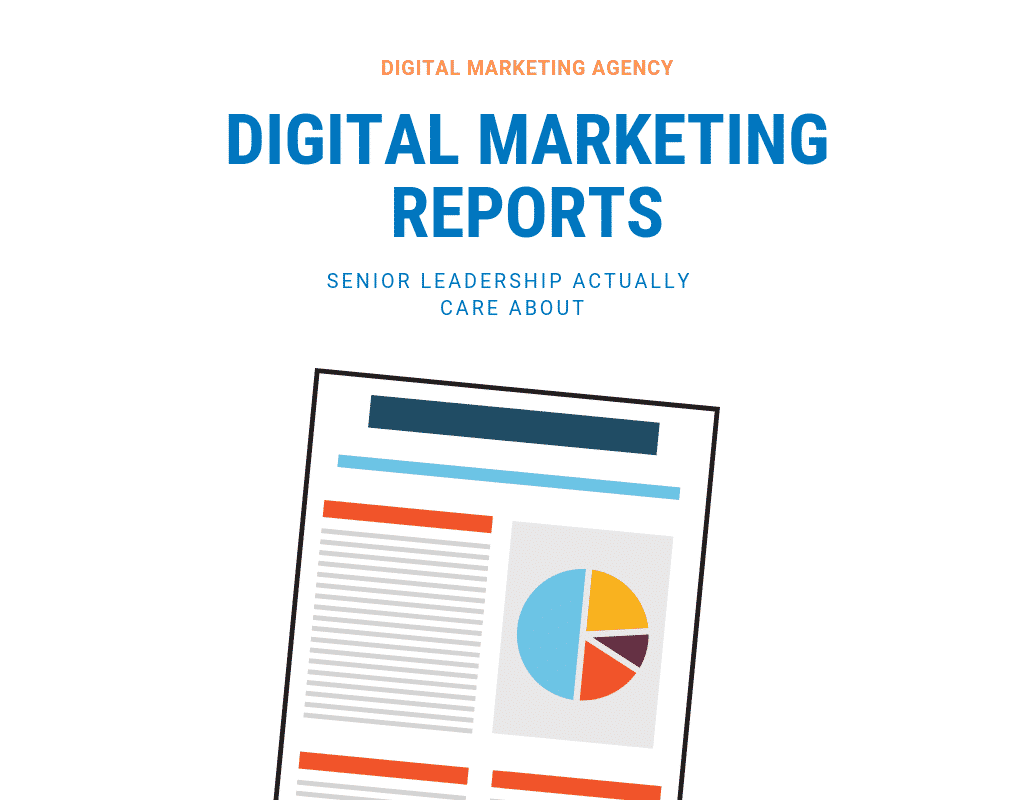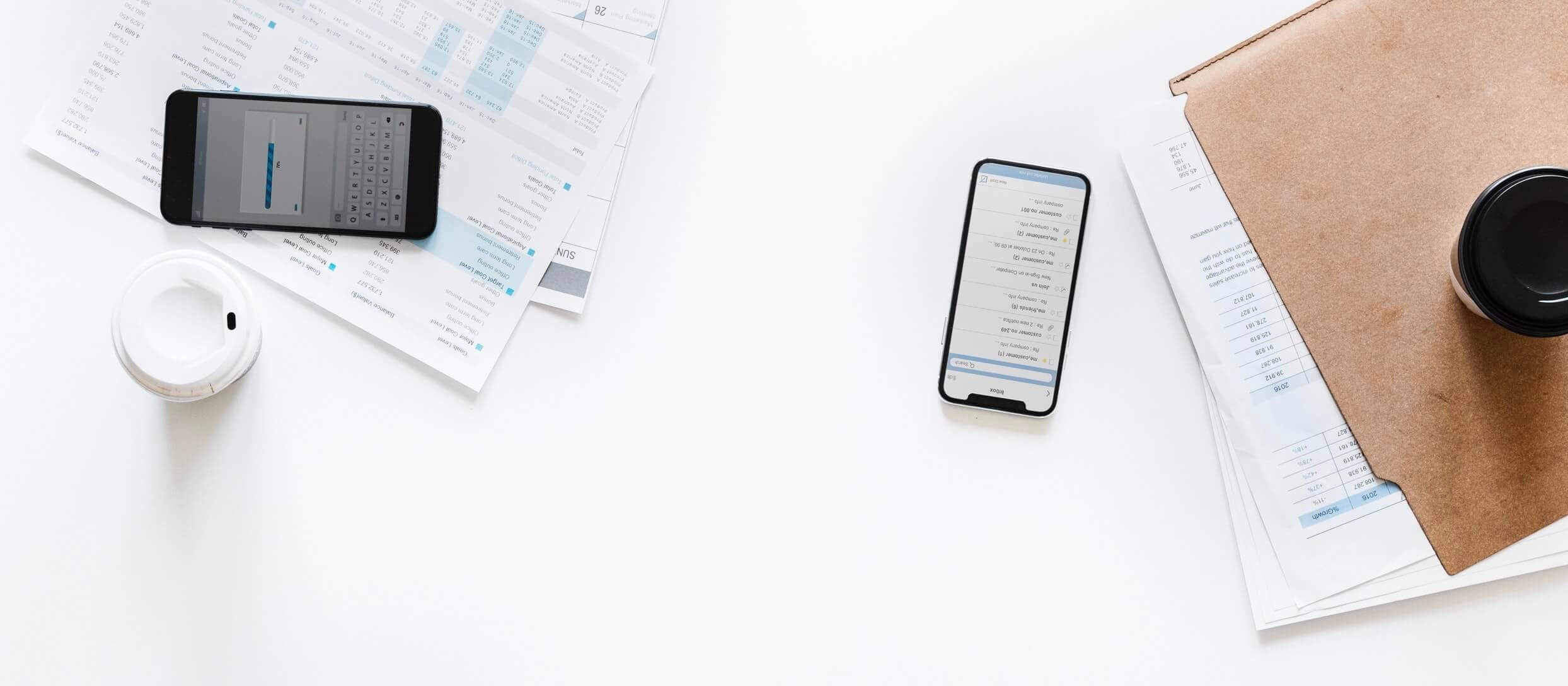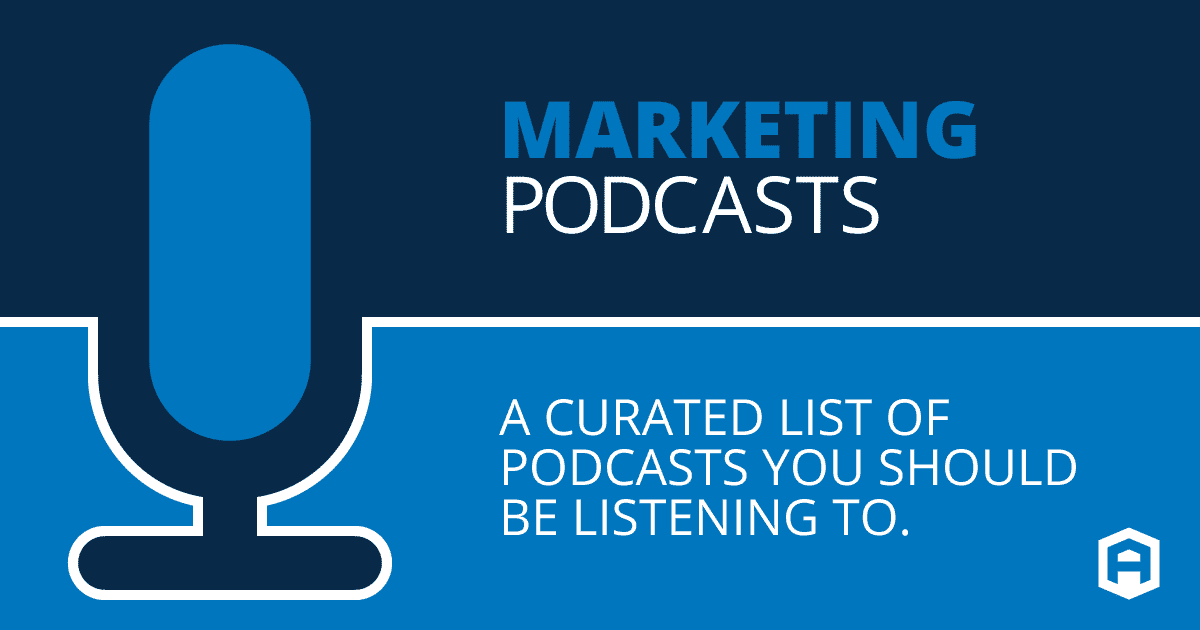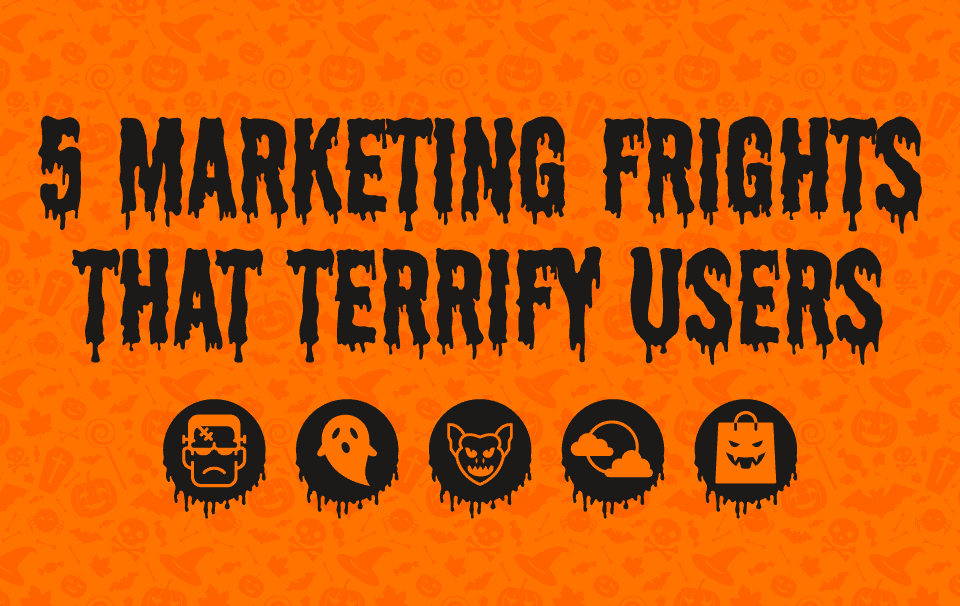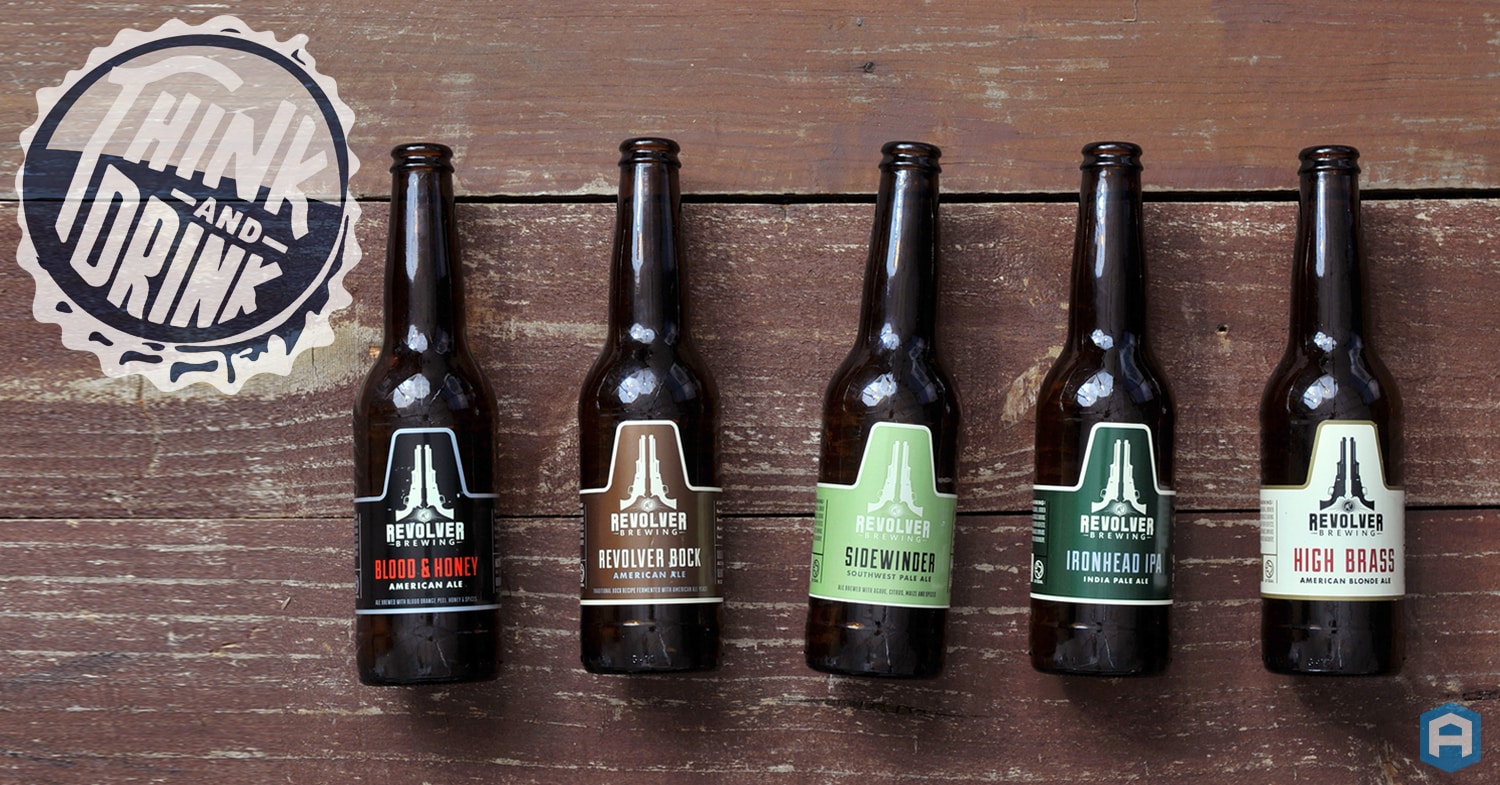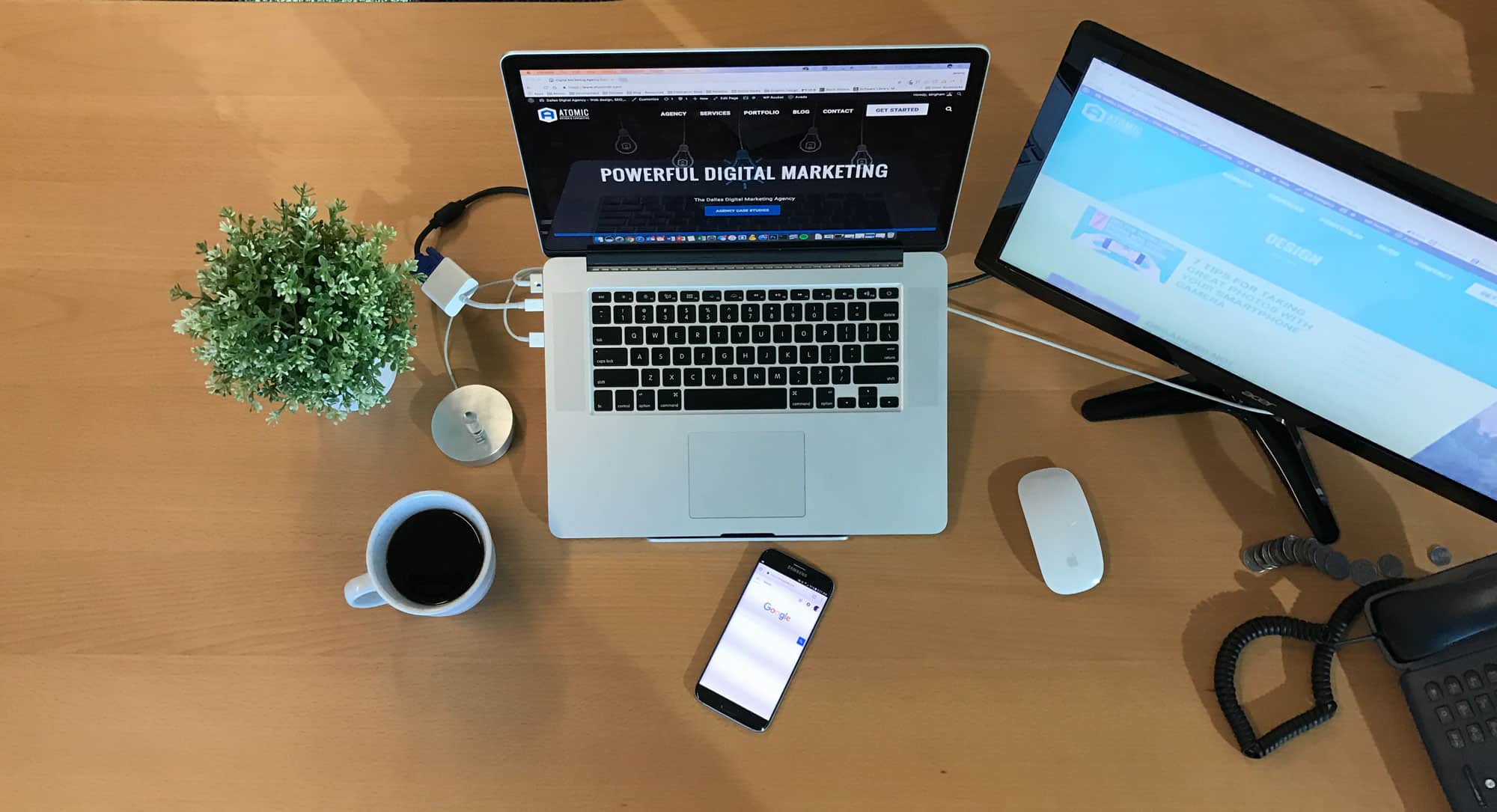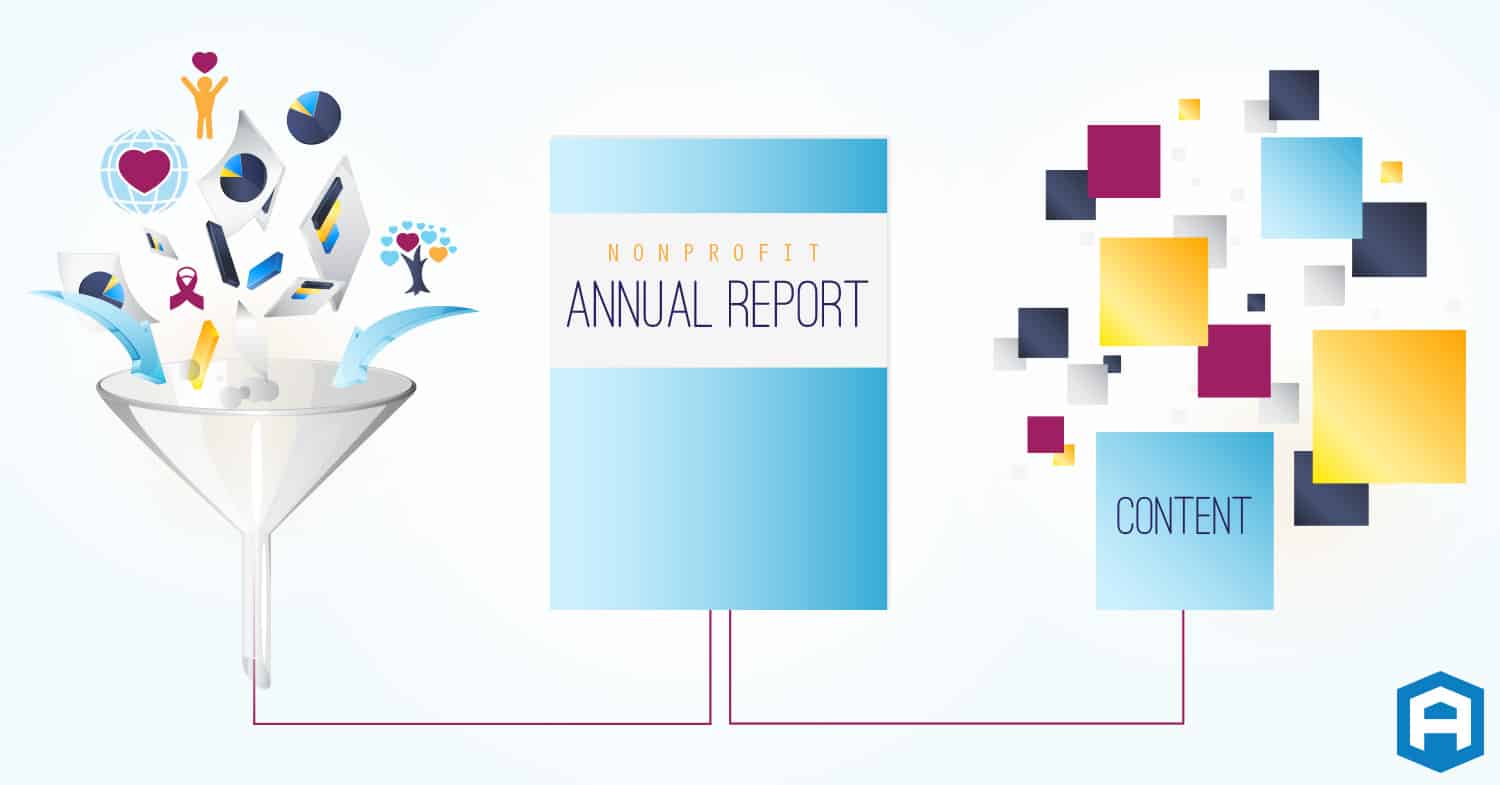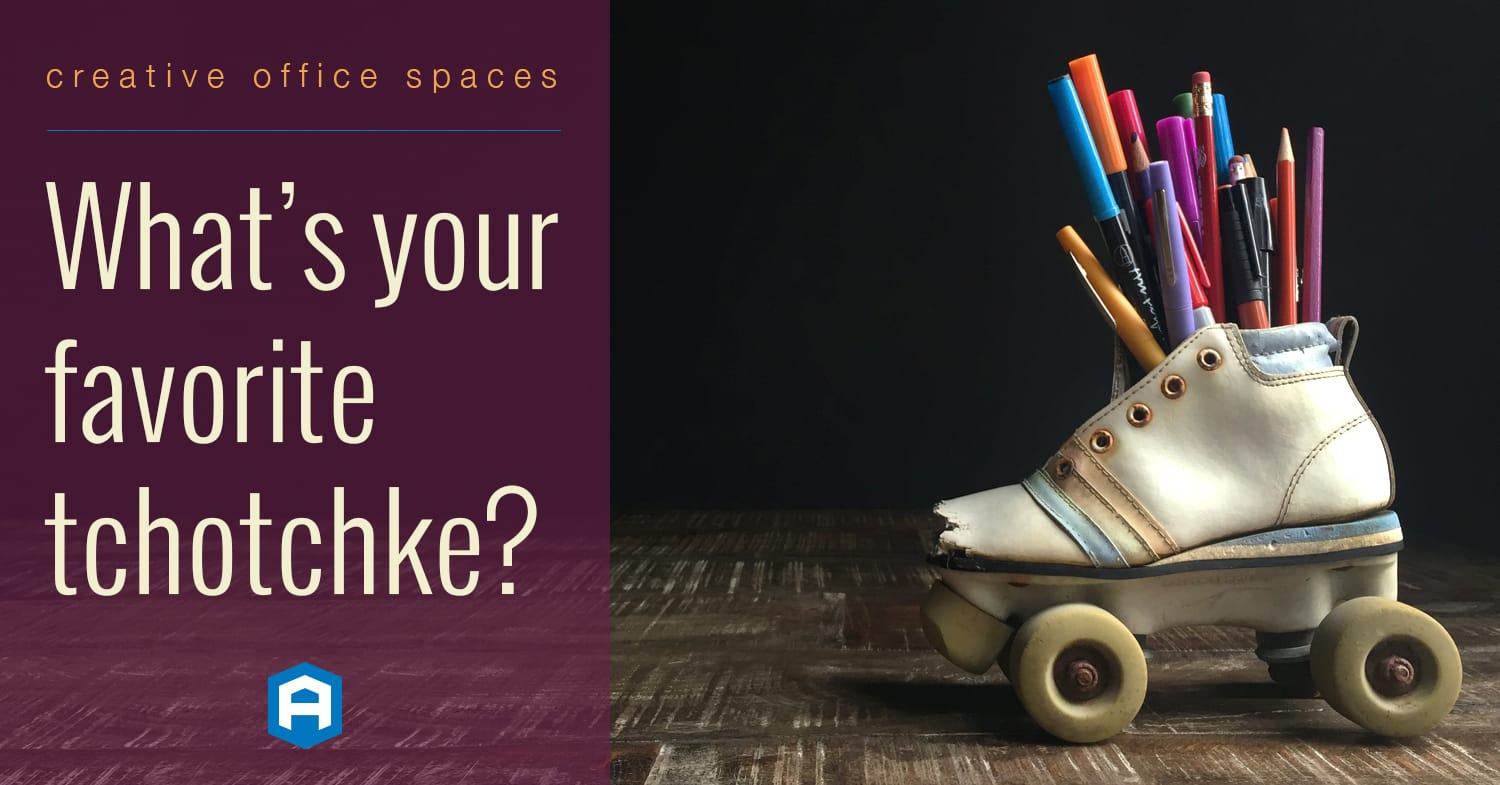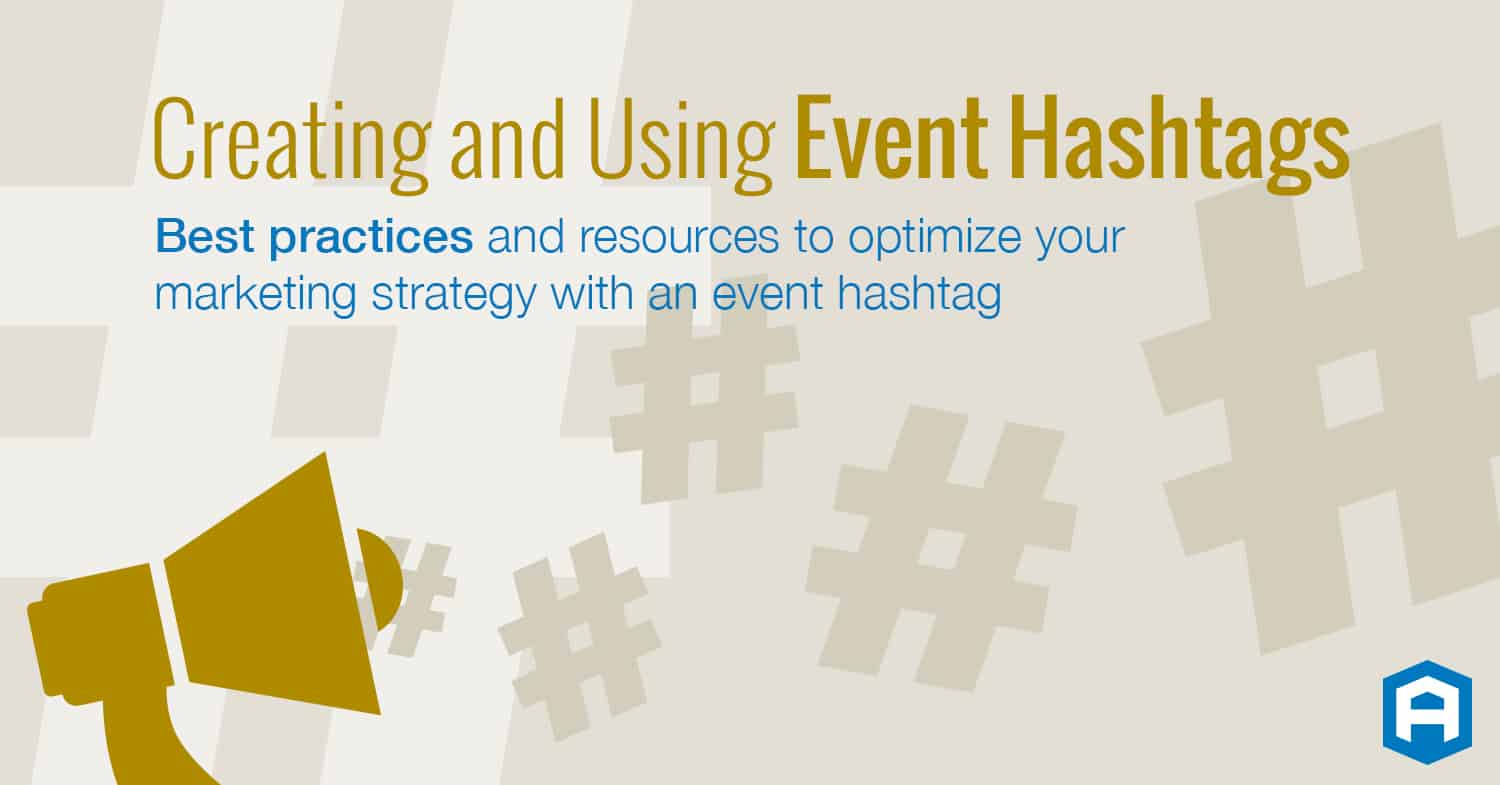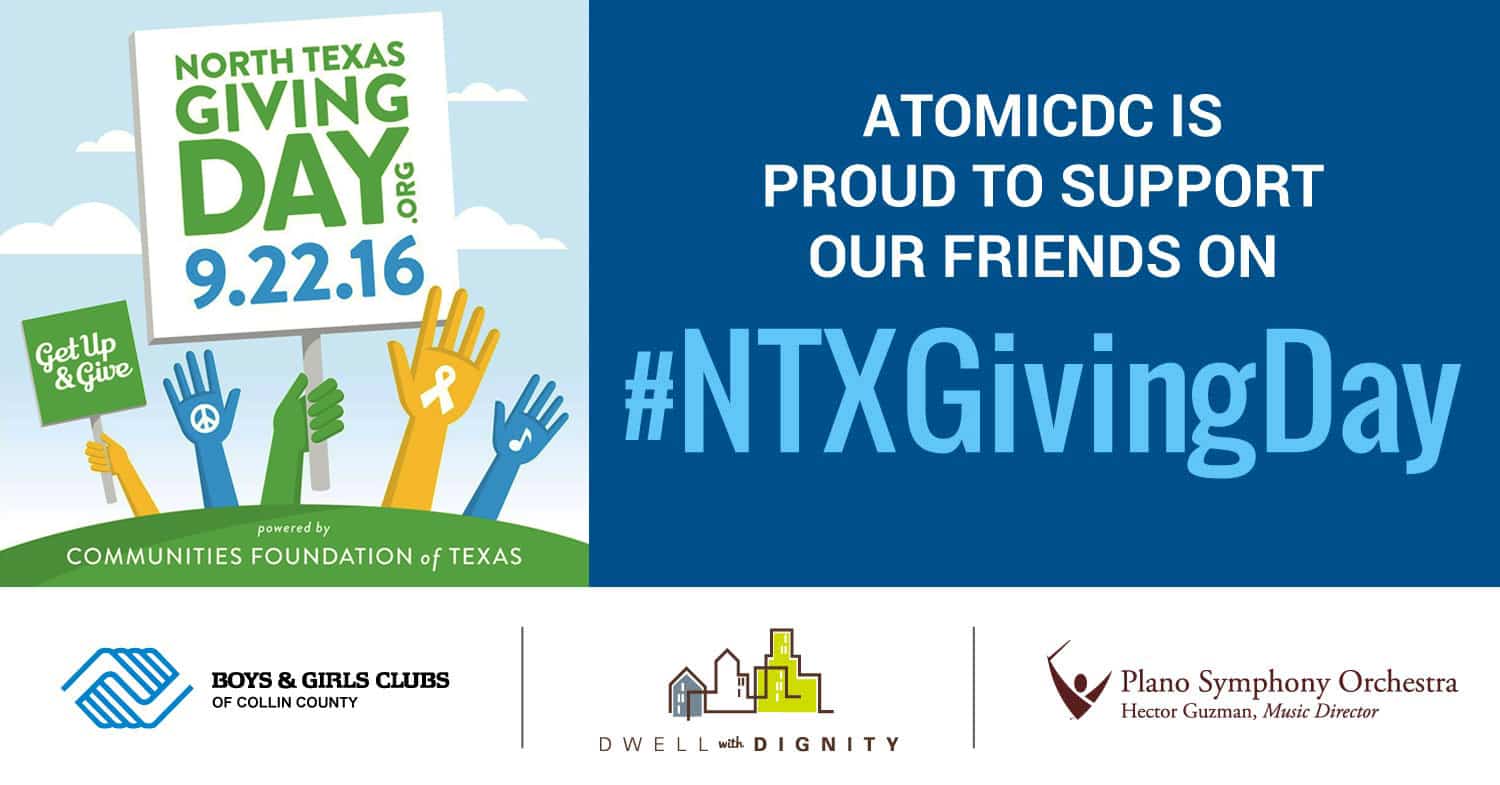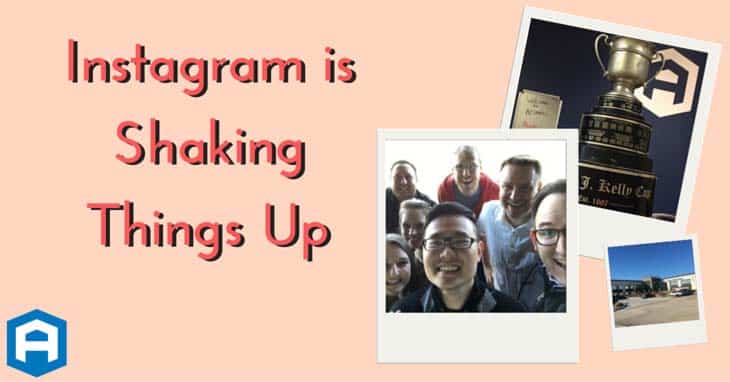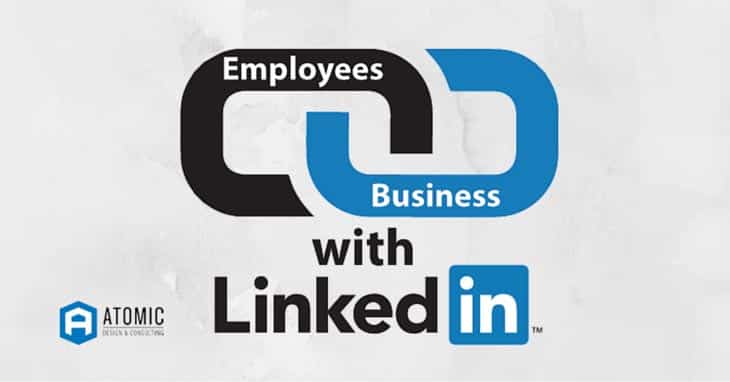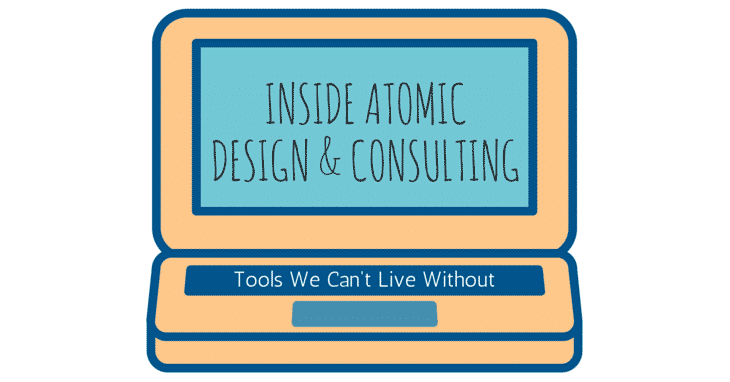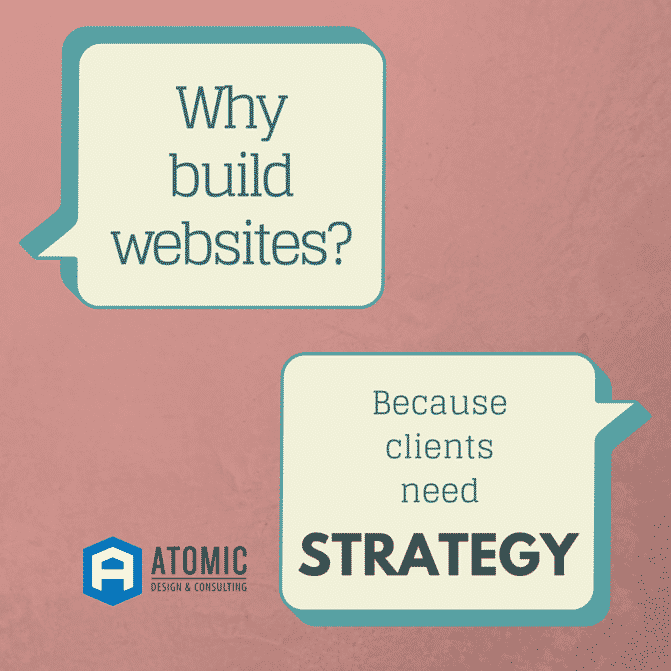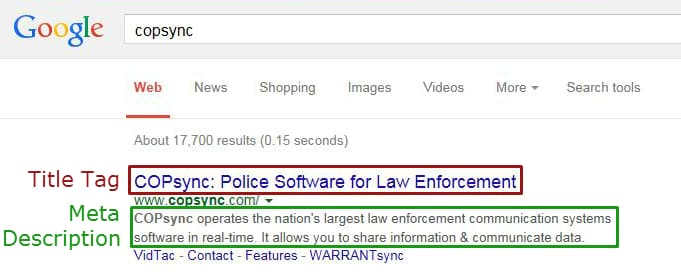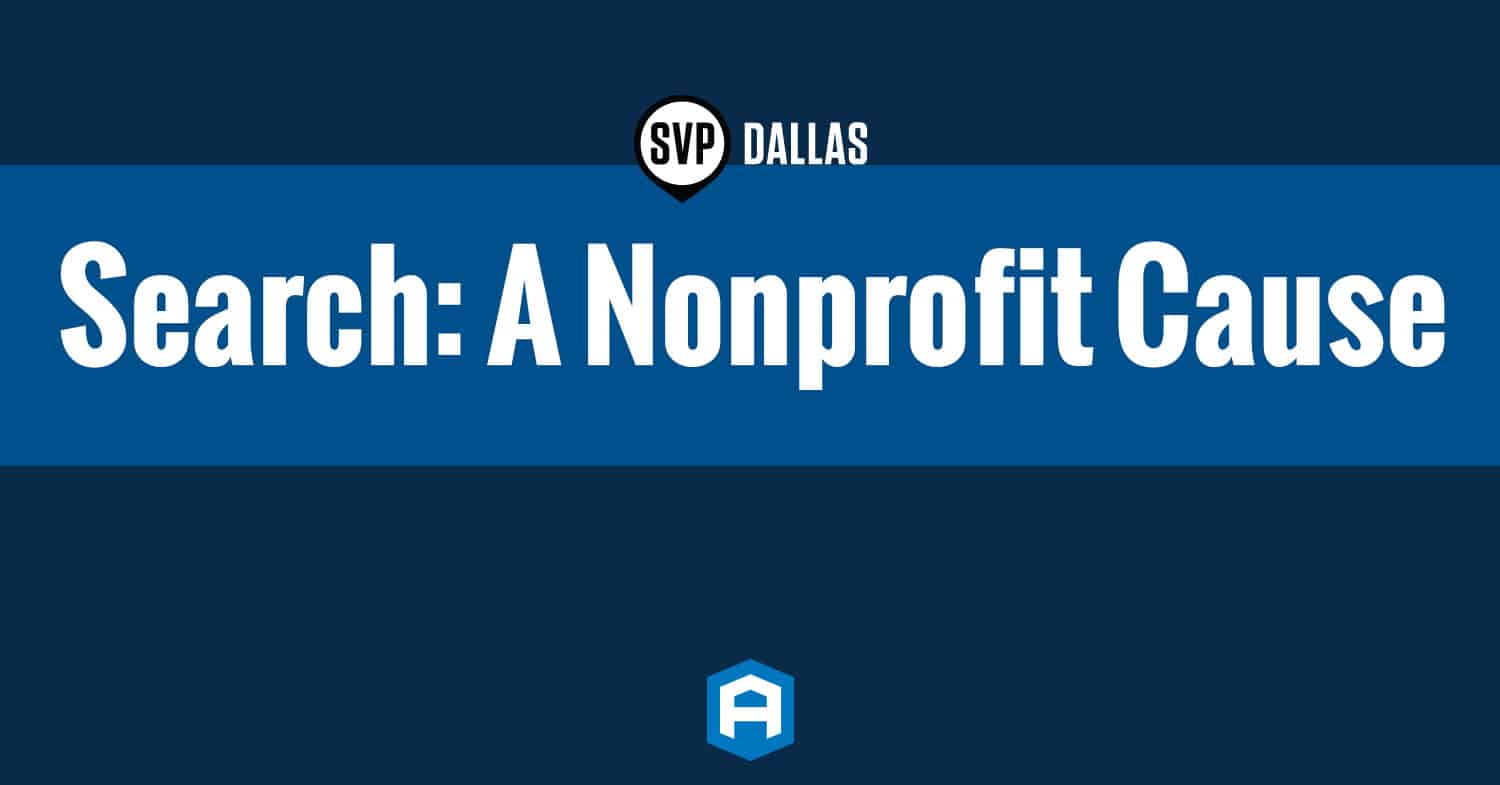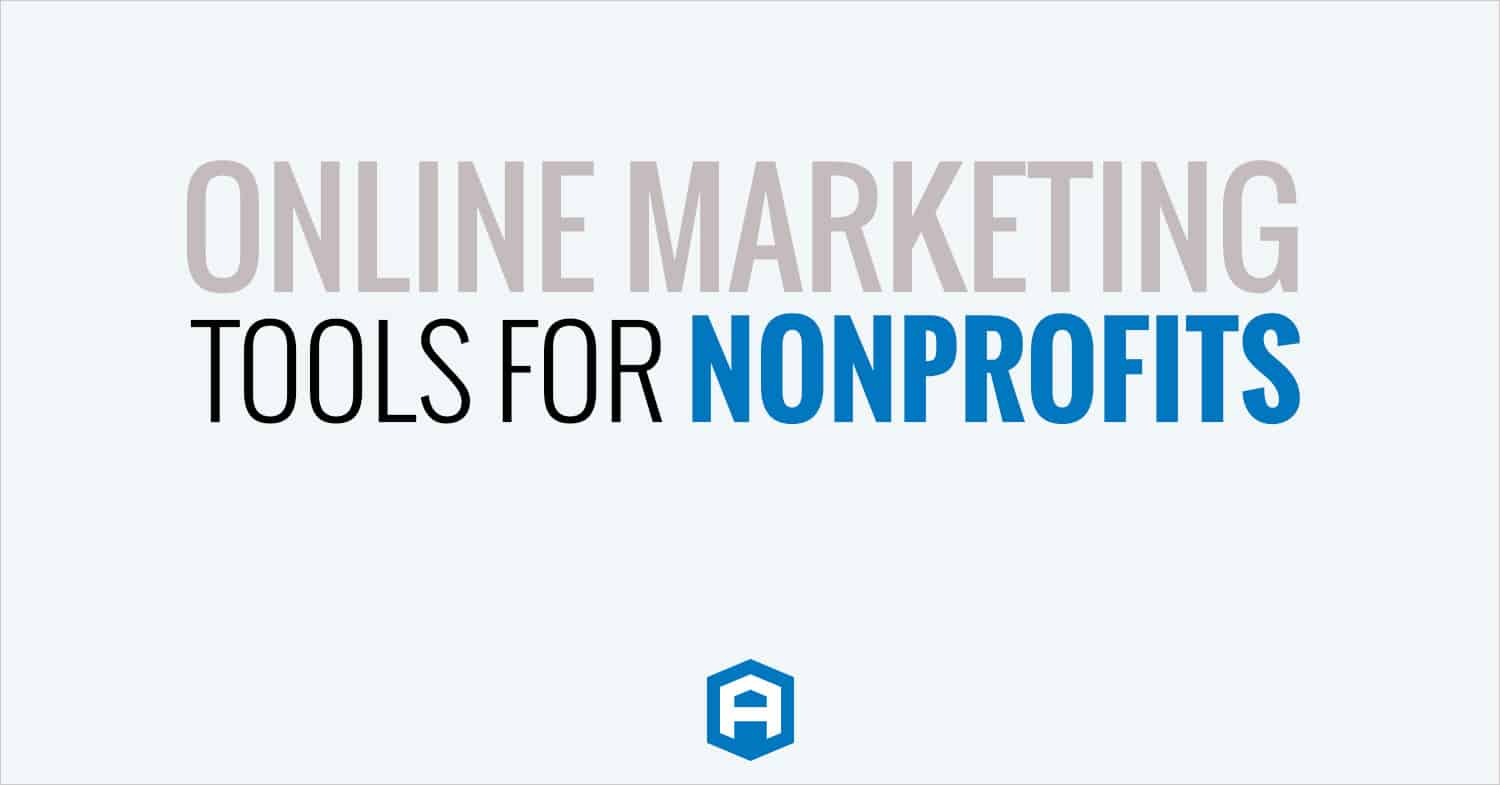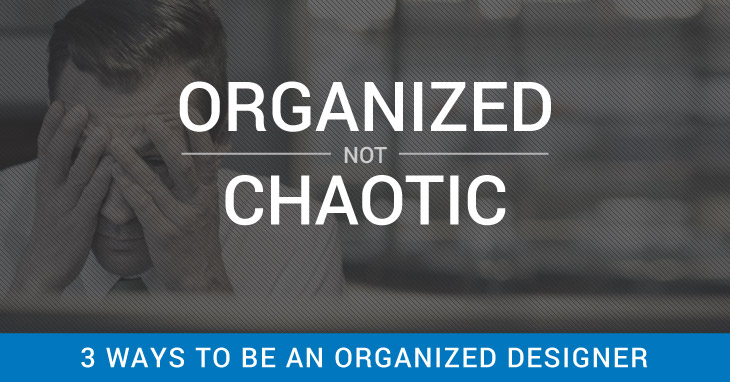
Are you organized?
Sure, there might be a “method to your madness” when it comes to your personal work, but is that madness creeping over into your professional work? It is critical for any design team, or individual, to be able to access files and materials in a quick and efficient way to do the job properly. If you’re having to constantly root through folders to figure out which “final final FINAL.jpg” is the actual final file, then you need to utilize these three tips.
I think this is the most critical aspect of organization you can utilize. If your folder structure is good, then your file names shouldn’t matter as much. You can have 3 “final-final” files, but if it’s in the correct folder then you’ll generally know which file you need.
After some experimenting, I have found that the best folder structure for our team was to create a folder for every department and to create subfolders nested in those.
For example, this is the structure of our Design folder for each of our clients:
Design
a. Fonts
b. Images
i. Stock
c. Logo
d. Working Files
This clearly establishes key pieces so that anyone can go in and grab what they need without having to rely on any one member of the team to point out where and what things are. File names will also play a pivotal role in overall clarity.
2. File Name Structure
How often have you been working on supporting element files and named them “red thing in corner” or “FINAL FINAL print”? I’ve been there and have spent precious time comparing a multitude of versions to find out which one I actually sent to print.
Your files should speak clearly and loudly what their purpose is so you can find the right one in 2 seconds instead of 5 minutes.
I have found this file name to be very successful in keeping the Atomic team organized:
What this tells our team is Client Initials – Item Description – Date Produced. The file above is the Atomic logo, the icon or mark form, and it was produced in September 2015. The PNG format will also tell them it has a transparent background too. This method can be expanded to any file type or department use.
Before determining your file naming structure, be sure to examine all the factors. When I first started I was using adc.mark.logo.0915 but my brilliant boss, Jackie, pointed out that some programs and browsers may try to read the “.” as denoting a file extension type and this could cause some confusion. He recommended that I use the “-” since that give the same separation, but in a web friendly way.
The production date can be important as well. Most Explorer windows will have the “Date Modified” column displayed, but that might be deceiving when looking through file versions. If you’ve been working on a file for a span of months, a simple change from 0915 to 1015 can save you having to use the words “FINAL final” in a version name or avoid a situation where you have 2 similar files that were modified on the same date.
3. Inbox Structure
Nothing says “I’m an email hoarder” like having to scroll forever in your Inbox. I’m sure you have 23 different daily design inspiration and discussions emails that come in on top of your client related emails as well. Inbox organization is critical to making sure that you see the important messages from clients.
I have found that creating folders and labels for clients has been successful in my inbox organization. I’ve created an “Atomic” folder for all of the internal memos, goofy messages, and other team related emails. I’ve created a “Clients” folder with subfolders for every client too. It looks something like this:
a) Clients
a. Client Name
i. Approvals
ii. Important
What this allows me to do is to quickly organize emails so that they can later be found quickly even without utilizing a search feature. I’ve made a habit of moving the messages in my inbox over to these folders regularly so I can keep as close to “Inbox 0” as I can. Active projects or other important messages remain in my Inbox until they are dealt with, almost like a to-do list.
Most email programs allow users to categorize or highlight emails with different colors, this can also be helpful in separating out clients so emails can be found quickly.
An important thing to remember is to archive or delete your old messages. You really don’t need that 2010 design email with the subject line “Will responsive websites take over the internet?” anymore, so make peace with hitting the delete key every now and then.
To sum things up, get organized and stay organized for the good of your team and yourself. Taking some time here and there to thoughtfully organize your work is worth it in the end. Any efficiency you can implement will make you more productive and more profitable as well as make your team happy.
Blog Categories
Interested in a specific topic? Review the categories below and get the info, news, and tips you need based on your interest!





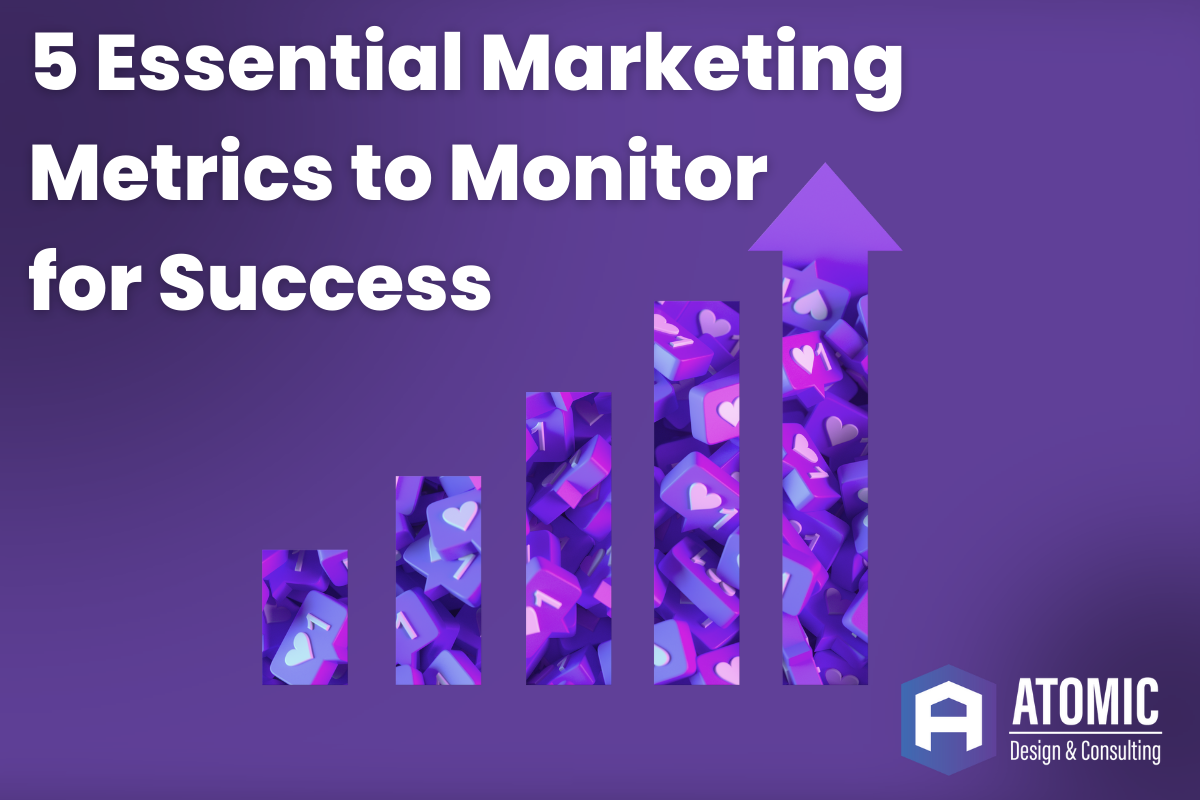


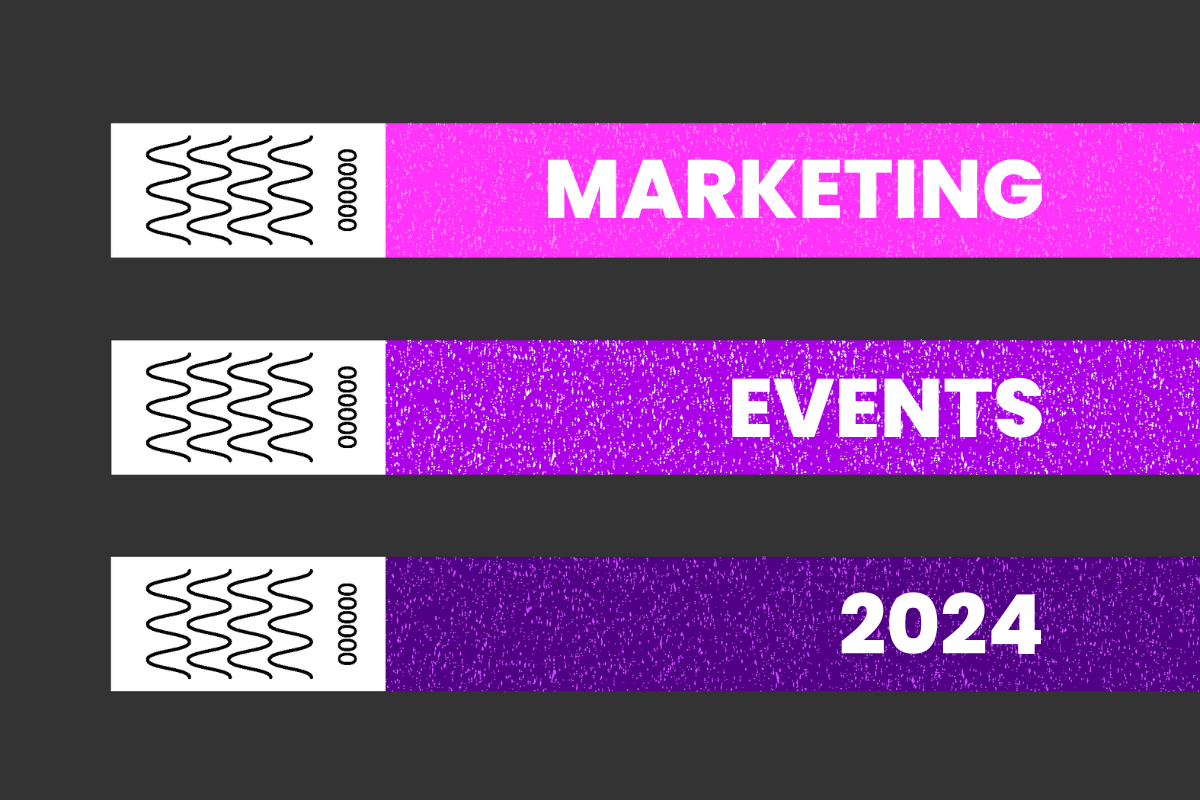













![How Much Should You Budget for Web Design or Redesign? [2020 Update] 24 29](https://www.atomicdc.com/wp-content/uploads/2019/12/29.png)





![HubSpot Partner Day 2019 [Recap] 30 ADC partner day 1200x630 1](https://www.atomicdc.com/wp-content/uploads/2019/09/ADC-partner-day-1200x630-1.jpg)



![30 Awesome HubSpot Tools That Won’t Cost You a Dime [Free Inbound Marketing Tools] 34 30 hubspot tools that won't cost you a dime](https://www.atomicdc.com/wp-content/uploads/2019/06/ADC-30-hubspot-tools.jpg)


